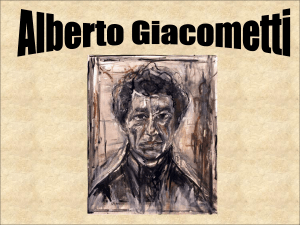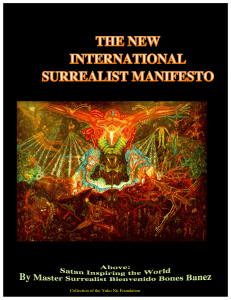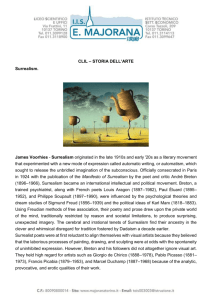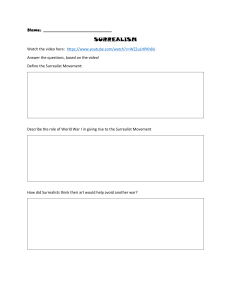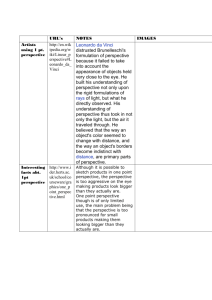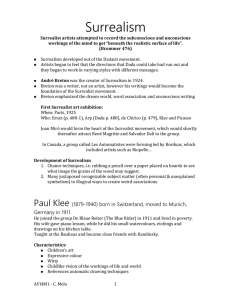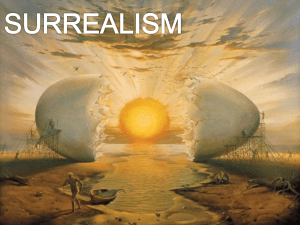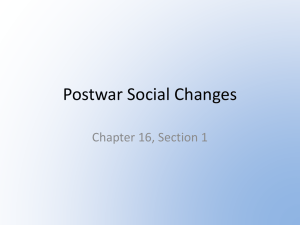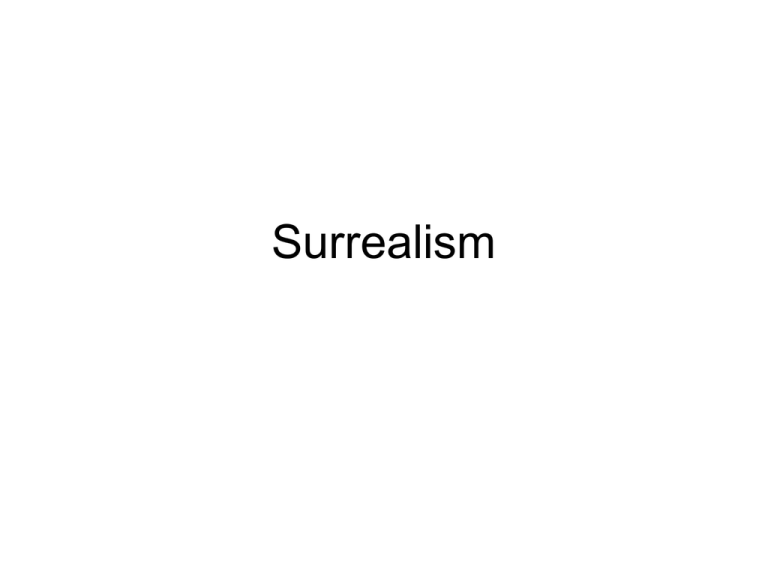
Surrealism
The Surrealist Movement
• Began in the 1920’s
• Leader, Andre Breton
• A revolutionary movement in politics,
literature, art, music, etc.
• Surrealism developed out of the Dada
activities of World War I
• Influenced by theories of Sigmund Freud
Dada Art
• Believing that excessive rational thought
and bourgeois values had brought the
terrifying conflict upon the world.
• The Dadaists protested with anti-rational
anti-art gatherings, performances, writing
and art works.
• Political & Social Art
• Art that purposefully defied reason
• Rejected labels and categories
Surrealist Manifesto
• Andre Breton, 1924
• Surrealism was a means of reuniting conscious and
unconscious realms of experience so completely that the
world of dream and fantasy would be joined to the
everyday rational world in "an absolute reality, a
surreality."
• Features
–
–
–
–
element of surprise
unexpected juxtapositions
non sequitur
Automatism
• Imagery and words are important but their arrangement
must be open to full range of the imagination.
non sequitur
• “it Does not Follow”
• Describes illogical statements.
• Irrelevant, often humorous.
Automatism
• spontaneously writing, drawing, or painting
without censoring their thought.
• Developed by Freud’s theories on free
association, dream analysis and the
hidden unconscious.
juxtapositions
• placing close together or side by side, esp.
for comparison or contrast.
Surrealist Artists
•
•
•
•
•
•
•
•
•
•
•
Jean Arp
Max Ernst
André Masson
René Magritte
Yves Tanguy
Salvador Dalí
Pierre Roy
Paul Delvaux,
Joan Miró
Giorgio de Chirico
Méret Oppenheim
Giorgio de Chirico
• A pre-surrealist turned surrealist
• Italian Painter born in Volos, Greece
• Influenced my the “metaphysical aspect”
of Turin, Italy
– Archways and Piazzas
– Classical Architecture
Love Song , 1914
Salvador Dali
• A Spanish Surrealist Artist
• Film, Sculpture, Photography, and
Painting
• Uses symbolism inspired by dream
analysis and psychoanalysis.
• His extreme behavior and performances
were thought to be more eye catching then
his art.
Yves Tanguy
• Born in Paris, France
• Inspired by De Chirico
• Uses vast, non-representational
surrealism.
• Limited color palette
• Landscapes use angular and sharp and
organic shapes abstractly, to create an
alien like, & underwater scenes.
• With the outbreak of WW2 him and his
wife moved to America
•
Méret Oppenheim
• German born – Swiss Surrealist
• A Female Artist
• Everyday objects that allude to feminine
sexuality and the exploitation of the
opposite sex.
• Uses juxtaposition of materials in “Object”
to confuse the meaning and purpose of
the object.
Paul Delvaux

